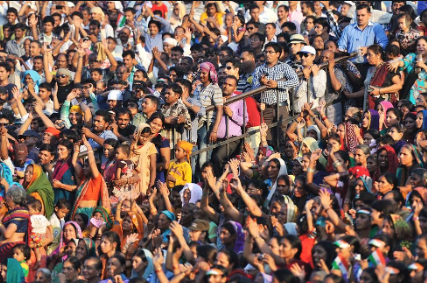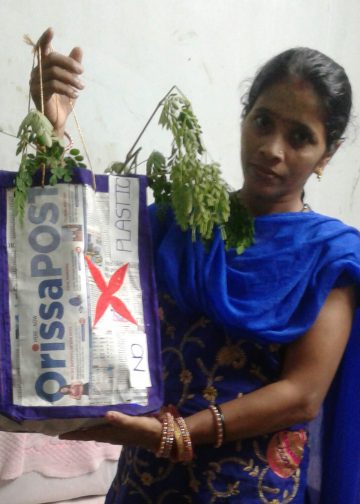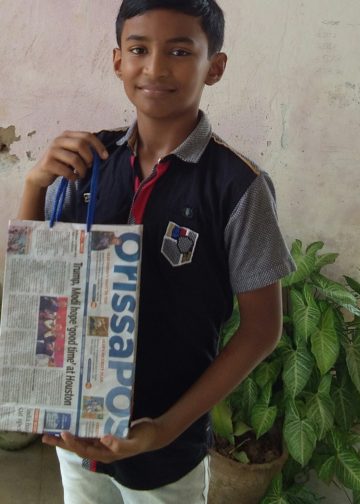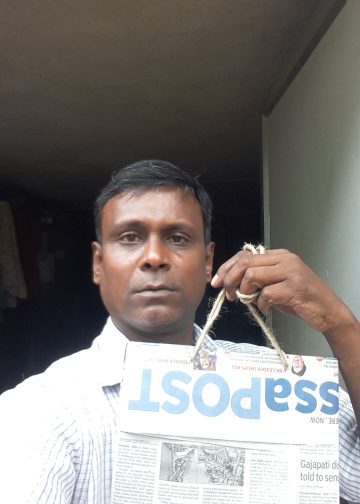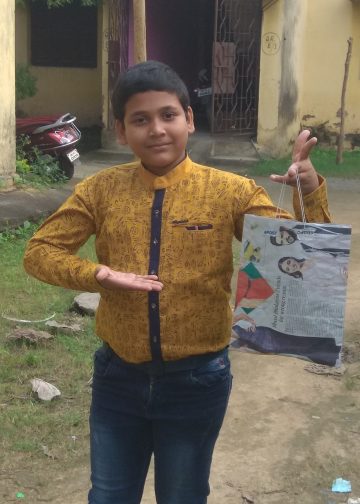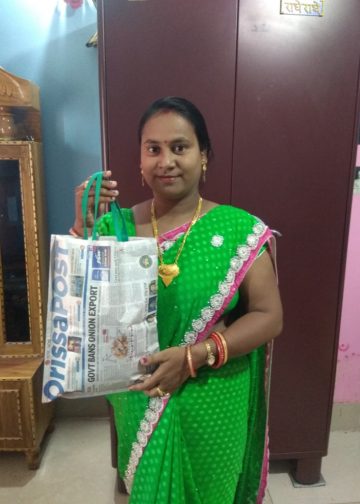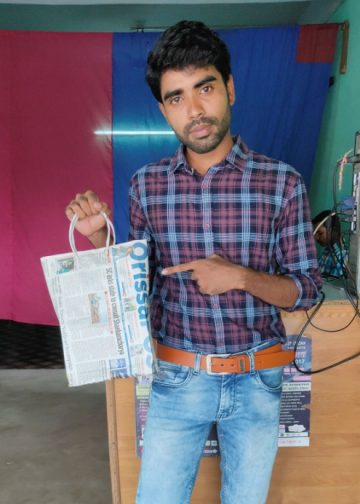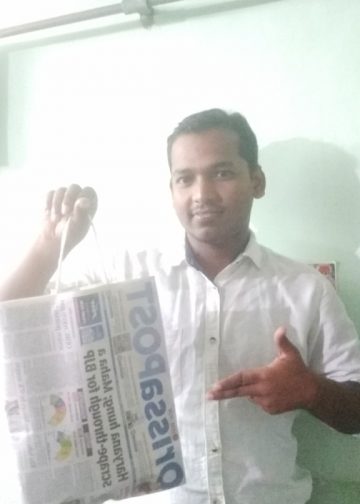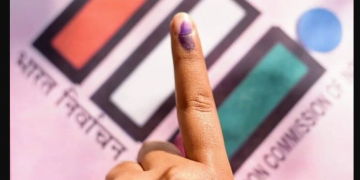Naveen Jindal
A global pandemic threatening the very human civilization may not be the best of times to discuss population explosion and the strain that it puts on a nation’s resources, exchequer, and the national and social fabric. Look no further than New Zealand as a case in point. A country with the number of inhabitants less than that of Ahmedabad has managed to contain the Covid-19 crisis, essentially because of a manageable population. As India becomes the third worst-hit country by the pandemic, it’s instructive to look at its burgeoning population and the possibilities for the future.
Now at 137 crore, India is home to the world’s second-largest population. According to the UN World Population Prospects 2019, India will overtake China as the world’s most populous country by 2027. With 18 per cent of the global population, India today is not fighting just a pandemic. It’s striving to be hunger-free. It wants to get rid of social inequities. It has to create job opportunities for all. A workforce of the size of Australia gets added to our country every year. A growing army of the unemployed can create massive social upheavals, besides widening the “haves-have nots” divide.
Won’t it be better, then, if we have an institutionalised mechanism to check, control, and manage population growth, and keep it at stable levels? Look at the irony: We aspire to be a $5 trillion economy by 2025. Yet, we rank a lowly 103rd on the Global Hunger Index among 119 countries (2018 rankings). India has 2.4 per cent of the world’s land mass, and 4 per cent of water resources. Compared to many other parts of the world, this makes India among the most dense, large countries (over 464 people per sq km), also making the spread of a Covid-19-like pandemic a lot faster. Over a period of time, the population growth puts tremendous pressure on natural, national and social resources. India’s quest for the Sustainable Development Goals, too, could get impacted.
India, incidentally, was the first developing country to initiate a family planning programme in 1951. The first National Population Policy was conceptualised in 1976. The National Health Policy was formulated in 1983, and a new policy in 2000. Population explosion has concerned governments and lawmakers of all shades. Since Independence, as many as 35 Private Member Bills have been introduced in Parliament to control population. I am of the firm belief that we need a national consensus to stabilise our population. And, we need to work in mission mode. As an MP, I had participated in discussions on the issue in the Parliament and remember clearly that during the discussions members across the political spectrum spoke in unison on the need for population stabilisation.
As a result of the efforts of governments, pressure groups, civil society and the media, and after the creation of an enabling environment through education, especially girls’ education, India’s average yearly population growth rate has come down from 21.5 per cent to 17.7 per cent between 1991–2001 and 2001–2011.
It’s been argued in the National Family Health Survey-4 that India should have a Total Fertility Rate (TFR) of 1.8 (meaning women having less than 2 children). The current TFR is 2.2. Some argue that India can do with a TFR of 2.1, touted as ‘replacement fertility rate’ which would ensure that there would be no tangible growth in the population while ensuring at the same time that there is no population decline. According to an estimate, 13 Indian states are at this rate or a rate below this.
While population control and stabilisation have gained currency especially after Prime Minister Narendra Modi’s Independence Day speech last year, some, including state governments, and those moving Private Member Bills in Parliament, advocate punitive measures against those “violating” the two-child norm. According to one count, more than 10 states have such measures in place, which, for instance, bar one from holding a public office (say, in panchayats), if he or she has more than two children. While the efficacy of this needs to be debated, we need to focus a lot more on girl child’s education. We have seen a marked decline in TFRs in states with a good girl education machinery. States like Kerala, Tamil Nadu, Punjab, Maharashtra, Himachal Pradesh have low TFRs, primarily because girls here have better access to education, for a longer period in a life cycle. In contrast, states like Bihar and Uttar Pradesh, which have not done enough on education, have high TFRs. According to data from the Sample Registration System (SRS) for the year 2018, Bihar is the only state where a woman is likely to have over three children.
So, this is simple math — we have to invest massively in girls’ education. And, thus, help them exercise choices in their lives. We need to vigorously promote the small family norm in school curriculum. Small families with good education would ensure a better quality of human resource. We need to stress on the quality of our human resources, working population, and the country as a whole. It’s only then that we will be able to meet our ambitious targets that we set for ourselves.
We also need to increase the governmental spend on healthcare, and family planning measures and schemes. A recent trend has seen a drop in the usage of contraceptives, and some even argue that Indian men are less likely to use contraceptives than women. Contraceptives’ use needs to be encouraged.
I had in the past delved into the systemic issue of why the poor want to have more children, and how we can help them with a safety net. Some reports in the present context argue that the Modi government is considering a Narasimha Rao government proposal to make population control a fundamental duty, while some claim that a small family norm could even be a prerequisite for contesting an election. While punitive measures may appeal to some, and may appear to work in the short term, especially in authoritarian regimes, I would argue that a democracy must employ the power of persuasion.
The government must engage with community leaders and religious and spiritual gurus. Spiritual gurus have used their offices constructively for campaigns like Pulse Polio. We must get them on board and get them to talk about the small family norm. In addition to this, we can incentivise small families — for instance, with tax rebates. A two-child norm is eminently desirable. But we need to promote the idea rather than enforce or impose it.
The writer is Chairman of Jindal Steel and Power Ltd and a two-time MP.

